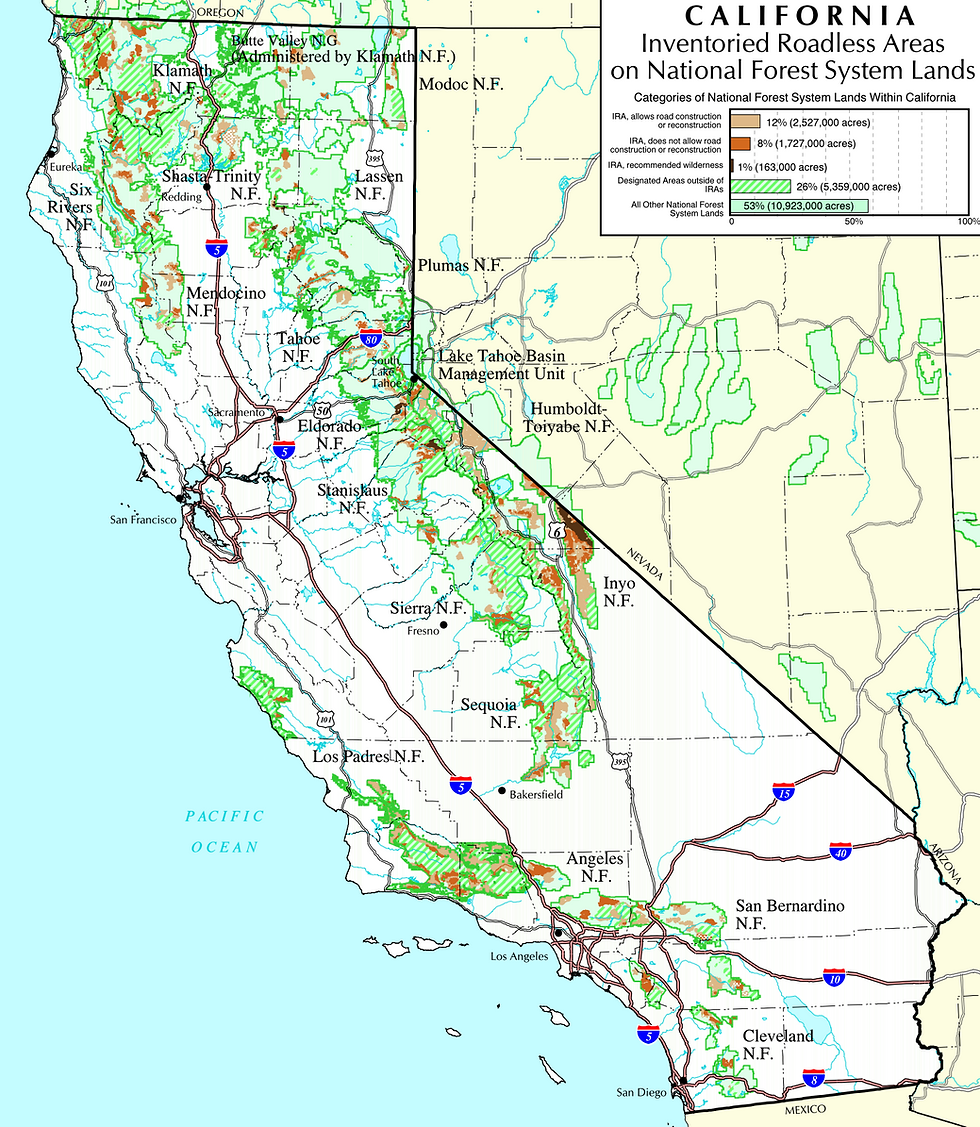North Coast Coalition Concerned with Nordic Aquafarms' Proposal
- Tom Wheeler

- Feb 22, 2022
- 2 min read

EPIC—together with our partners, Humboldt Baykeeper, the Northcoast Environmental Center, the Coalition for Responsible Transportation Priorities, Surfrider Foundation, 350 Humboldt North Group of the Redwood Chapter of the Sierra Club, and Save California Salmon—filed a joint comment on the draft environmental impact report for the proposed onshore recirculating aquaculture system (a.k.a., the “fish farm”) put forward by Nordic Aquafarms. The Lost Coast Outpost published a well-written summary of the project and its potential consequences.
The project would be the largest in Humboldt County in decades. At full build out, it would use 21% of the county’s electricity— as much as the cities of Eureka and Fortuna combined. And yet the DEIR concludes there would be no significant impacts from greenhouse gas emissions, truck traffic, bay intakes that will draw 10,000,000 gallons and an ocean discharge of 12,000,000 gallons of treated wastewater a day.
Although its wastewater would have a lower nitrogen concentration than the effluent from antiquated municipal wastewater treatment plants around the bay, it would add to the existing nutrient load. It would also discharge warmer water with lower pH and salinity than the receiving waters. This combination has the potential to exacerbate the toxic algae blooms that have devastated the crab and clam fisheries in recent years.
Numerous impacts have not been adequately assessed in the DEIR, including energy demands, greenhouse gas emissions, the ocean discharge, and impacts to wildlife related to the bay intakes. We believe reasonable changes to reduce these impacts are achievable. To make sure Nordic commits to these changes, we are requesting the following modifications:
A new analysis modeling potential impacts using ambient water quality data from ocean waters near the discharge point, rather than data taken in Humboldt Bay (approximately 3.5 miles south-southeast of the end of the ocean outfall pipe).
Levels of toxic algae should be monitored both pre- and post-project and compared to thresholds that would trigger protective actions before another toxic algae bloom leads to harmful levels of domoic acid.
An explicit requirement in the EIR that the project will, from day one of operations, be powered solely by renewable energy.
Additional onsite renewable energy production through more aggressive utilization of solar, including over parking areas.





Comments